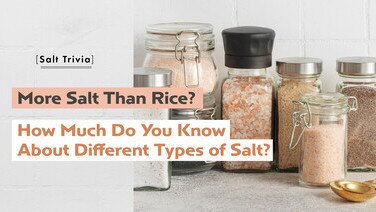How toxic is methylmercury?
Methylmercury is the most toxic form of mercury. It is harmful to the human nervous system, particularly the developing brain. Methylmercury can easily be absorbed by the body through the gastrointestinal tract and rapidly enter the brain. Therefore, pregnant women and young children should be very careful when eating fish because ingesting large amount of methylmercury can affect the brain development of foetuses and children. Although methylmercury is unlikely to cause serious health concerns to the average adults, consumers should still pay heed as risks of damages to the vision, hearing, muscle coordination and memory may still exist.
Are large fish usually more poisonous?
Methylmercury levels vary among fish, with larger fish (predatory fish species) generally carrying higher risks. Mercury enters rivers and oceans through emissions from volcanic eruptions, mining activities, and industrial waste, and is converted into methylmercury by microorganisms in the water. When fish ingest these microorganisms, methylmercury builds up in the fish. Since large fish eat smaller fish, methylmercury level increases along the food chain; so predatory fish usually have higher methylmercury levels.
Pay heed to eating fish one year ahead of pregnancy!
Needless to say, people should choose fish with low methylmercury levels during pregnancy; but those planning for pregnancy should really start paying heed to the type of fish they eat a year before conception as methylmercury can gradually accumulate in the body over time. Although the human body can excrete methylmercury naturally, the process is very slow. If one often eats fish with high methylmercury levels, it may take over a year for the body to reduce its methylmercury level substantially. Furthermore, one cannot reduce the methylmercury in fish simply by cooking. Therefore, if a woman is planning to become pregnant, she should avoid eating fish with high methylmercury levels at least a year before pregnancy.
Beware of bacteria, viruses and parasites when eating raw fish
Sashimi is a high-risk food as apart from the chance of containing parasites, undercooked fish and shellfish are likely to contain viruses including vibrio, salmonella, listeria, norovirus and hepatitis A virus. The freezing process may not be able to effectively kill the above microorganisms, so consumers must be cautious.

Conclusion: Avoid eating fish with high methylmercury levels
Consumers need not exclude fish entirely due to concerns about methylmercury, but simply avoid fish with high methylmercury levels. Fish contain a variety of nutrients needed by the human body, such as omega-3 fatty acids and high-quality proteins. Maintaining a balanced diet that includes a variety of fish is beneficial to the heart and children’s brain development. Women and young children should particularly add fish to their diets.
Which are the large fish that carry higher risks? They include alfonsino, shark, swordfish, marlin, orange roughy, king mackerel, and larger tuna species, which may contain higher levels of methylmercury. Therefore, people who are more vulnerable to mercury, such as young children and pregnant women, are urged to avoid eating these fish whenever possible.
The Consumer Council previously conducted a test on 50 samples of salmon and tuna available on the market; consumers who are interested to find out the results on their methylmercury levels and parasites found may refer to the article '10 Tuna Sashimi Samples Had Methylmercury Levels Exceeded Regulatory Limits 2 Found to Contain Parasites' (Chinese version only) in Issue #510 of CHOICE Magazine.







![[Baby Snacks Guide] Who Says Snacks Can’t Be Healthy?](/f/guide_detail/415742/376c212/bb%20snack.jpg)



![[Handwashing Cold Knowledge] Debunking 4 common handwashing myths](/f/guide_detail/409326/376c212/43_4%E5%80%8B%E6%B4%97%E6%89%8B%E5%B8%B8%E8%A6%8B%E8%BF%B7%E6%80%9D_Eng.jpg)